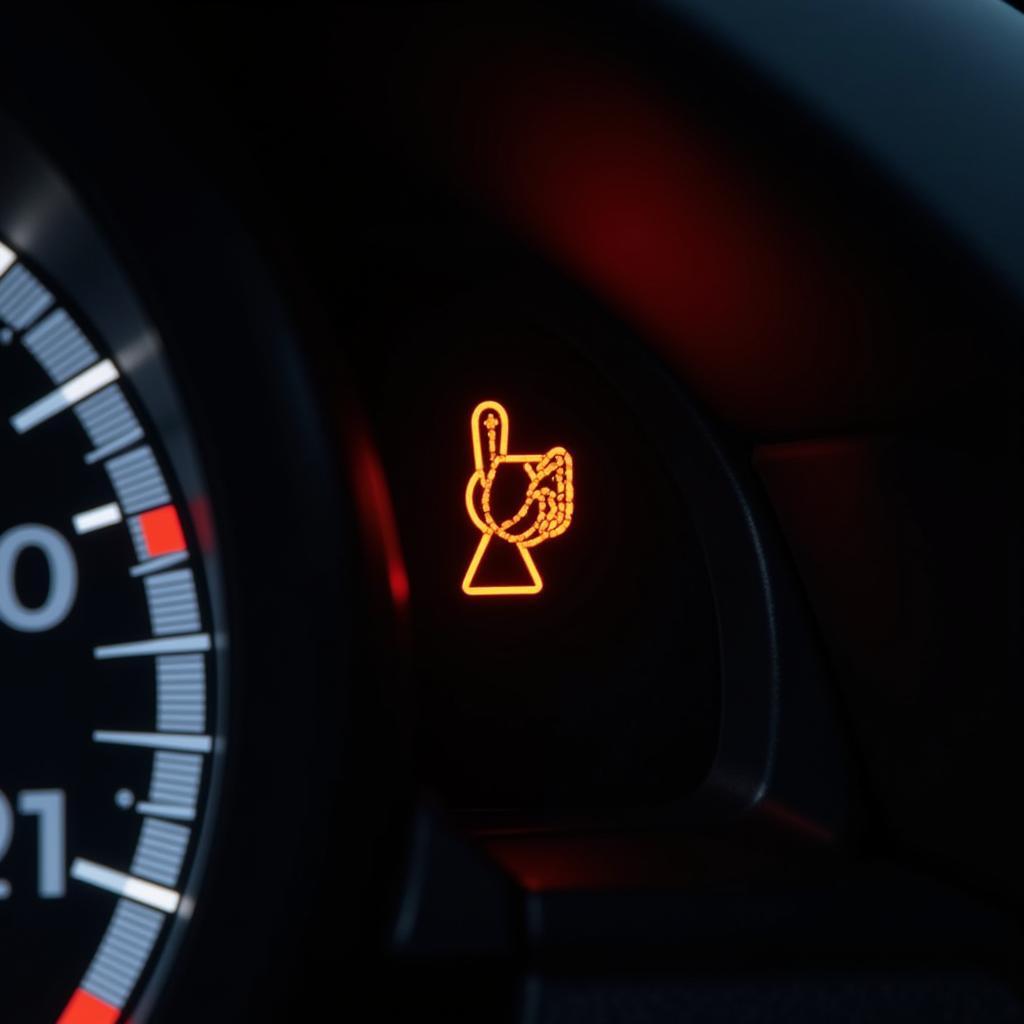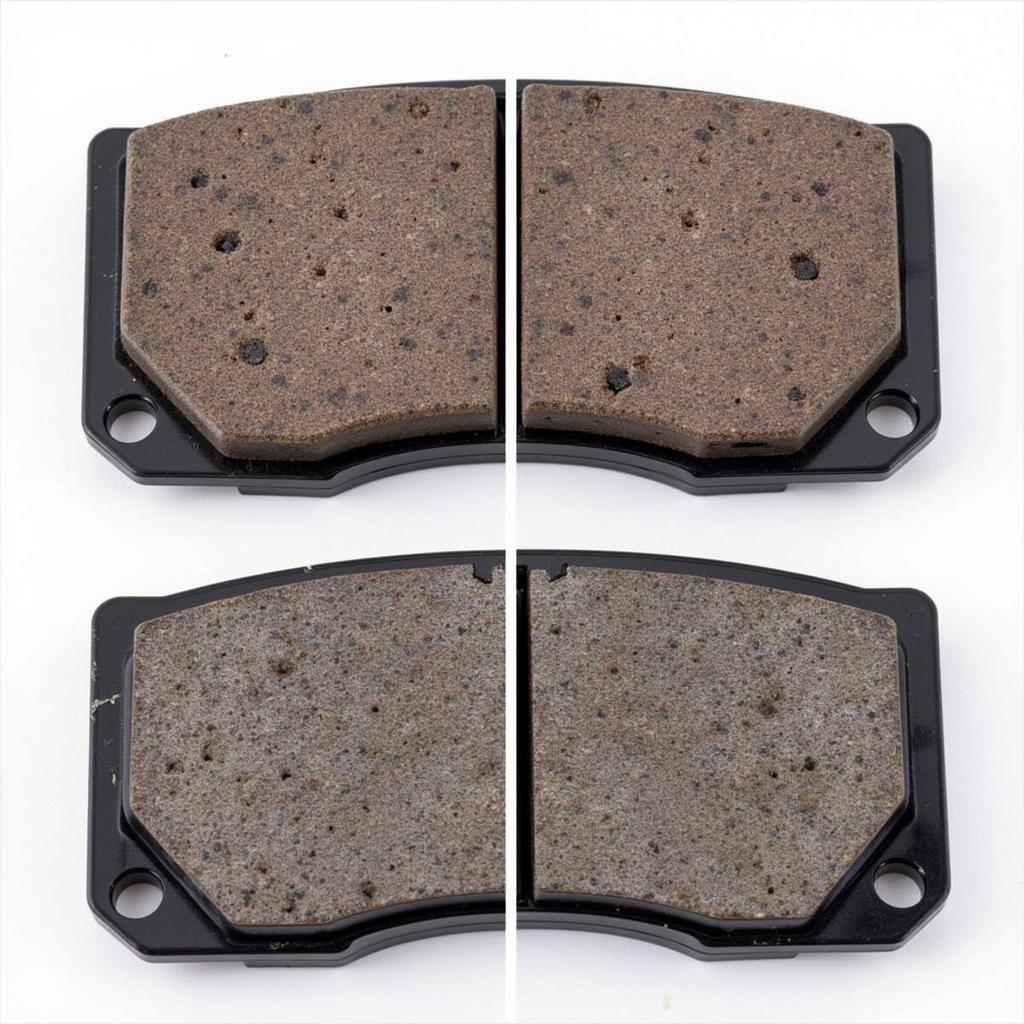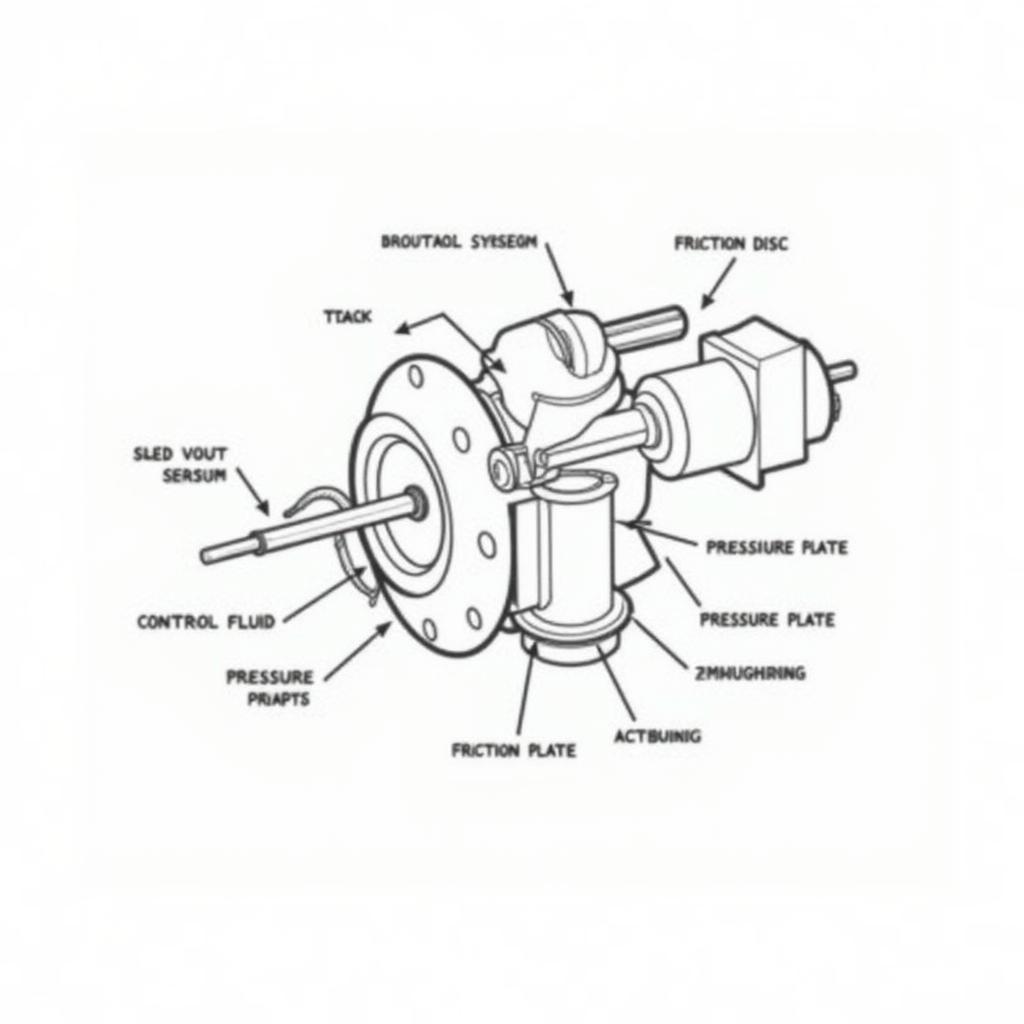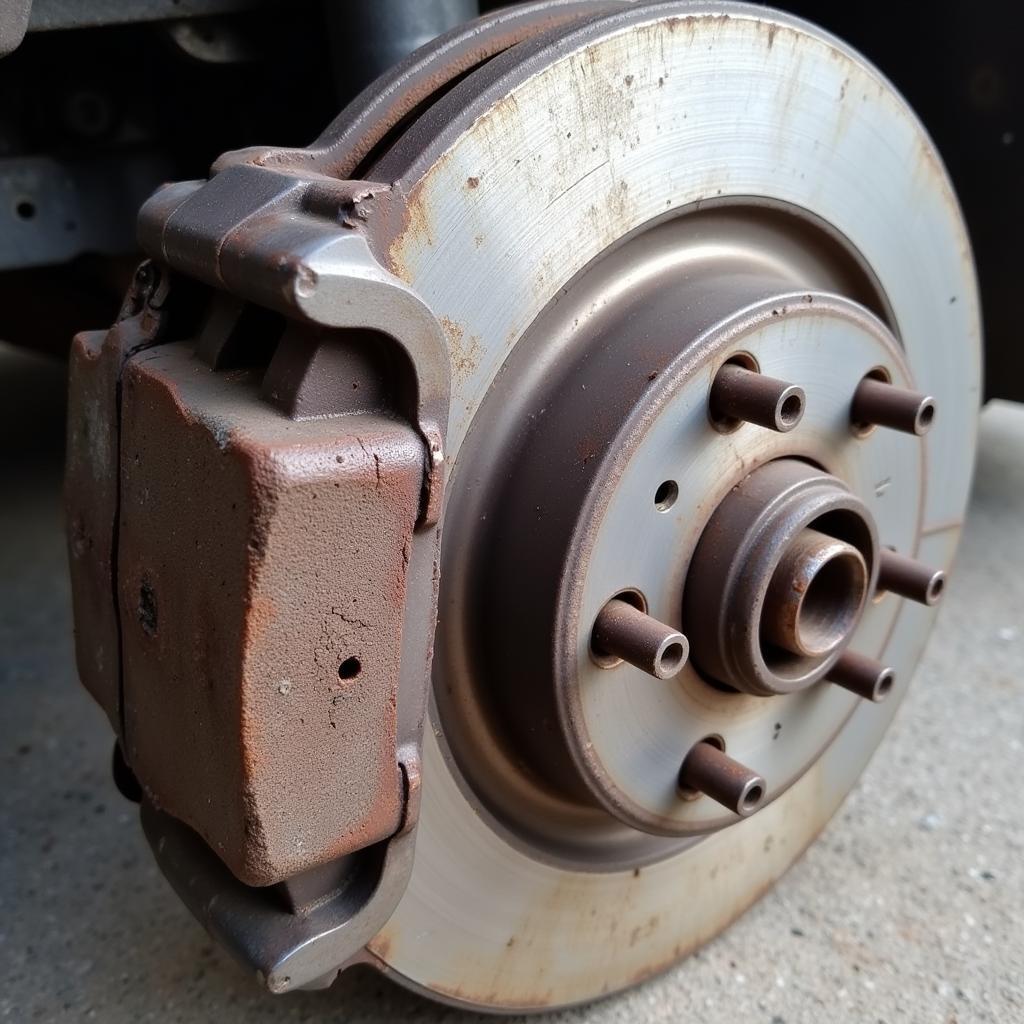The hand brake warning light on your dashboard serves as a crucial safety reminder. It illuminates when your hand brake, also known as the parking brake, is engaged and should switch off once released. However, if your hand brake warning light switch stays on even after releasing the brake, it indicates a potential issue that requires attention. This comprehensive guide will delve into the common causes of this problem and provide potential solutions to get you back on the road safely.
 Hand Brake Warning Light on Car Dashboard
Hand Brake Warning Light on Car Dashboard
Common Causes of a Malfunctioning Hand Brake Warning Light Switch
Several factors can contribute to a malfunctioning hand brake warning light switch. These include:
1. Low Brake Fluid Level: One of the most common culprits is a low brake fluid level. The hand brake system often shares a reservoir with the hydraulic brake system. If the fluid level drops below a certain point, it can trigger the warning light.
2. Worn-Out Brake Pads: Brake pads naturally wear down over time. If your pads are excessively worn, it can affect the hand brake system’s performance and trigger the warning light.
 Worn-Out Brake Pads and Rotors
Worn-Out Brake Pads and Rotors
3. Faulty Hand Brake Switch: The hand brake switch itself can malfunction. This switch is responsible for detecting whether the hand brake is engaged or disengaged and signaling the warning light accordingly. A faulty switch may send incorrect signals, causing the light to remain illuminated.
4. Issues with the Hand Brake Cable: A stretched, loose, or damaged hand brake cable can hinder the proper engagement and disengagement of the hand brake, leading to the warning light staying on.
5. Electrical Problems: Electrical issues, such as a short circuit or wiring problem within the hand brake system, can disrupt the signal transmission between the switch and the warning light, resulting in a persistent illumination.
Troubleshooting a Hand Brake Warning Light Switch Problem
Before assuming the worst, it’s essential to troubleshoot the issue systematically. Here are some steps you can take:
1. Check the Brake Fluid Level: Locate the brake fluid reservoir under the hood of your car. Ensure the fluid level is within the minimum and maximum marks. If it’s low, add the recommended brake fluid type specified in your car’s owner’s manual.
2. Inspect the Hand Brake Lever: Check the hand brake lever for any signs of damage or looseness. Ensure it engages and disengages smoothly. If you notice any issues, it’s best to consult a mechanic.
3. Examine the Hand Brake Cable: Visually inspect the hand brake cable for any signs of wear, damage, or looseness. If you’re comfortable with basic car maintenance, you can try adjusting the cable tension yourself. However, it’s advisable to seek professional help if you’re unsure.
4. Test the Hand Brake Switch: Locate the hand brake switch, usually situated near the hand brake lever. With the hand brake disengaged, try pressing and releasing the switch a few times. If the warning light flickers or turns off momentarily, it indicates a potential switch problem.
5. Seek Professional Diagnosis: If the troubleshooting steps above don’t resolve the issue, it’s crucial to seek professional diagnosis from a qualified mechanic. They have the expertise and specialized equipment to pinpoint the exact cause of the problem.
Remote Software Solutions: The Future of Car Repair
In today’s technologically advanced world, remote software solutions are revolutionizing the automotive repair industry. As a specialist in automotive electrical engineering, I’ve witnessed firsthand the increasing prevalence and effectiveness of remote diagnostics, programming, and software installation in addressing car problems, including those related to the hand brake warning light switch.
Remote Diagnostics: Through specialized software and diagnostic tools, qualified technicians can remotely access your car’s computer system, retrieve fault codes, and analyze data in real-time. This allows for quicker and more accurate diagnosis of the problem.
Software Updates and Programming: In some cases, a software glitch or outdated module may be causing the hand brake warning light switch malfunction. Remote software updates and programming can rectify these issues without the need for physical intervention.
"Remote software solutions are transforming the way we diagnose and repair cars. The ability to access and update a vehicle's systems remotely saves time, reduces costs, and enhances convenience for both technicians and car owners." - John Miller, Automotive Electrical Engineer.Conclusion
A persistent hand brake warning light switch should never be ignored. It’s crucial to address the issue promptly to ensure your safety and the proper functioning of your vehicle’s braking system. By understanding the common causes and following the troubleshooting steps outlined in this guide, you can take the necessary measures to resolve the problem. If you’re uncomfortable with DIY repairs or the issue persists, don’t hesitate to seek professional assistance. Remember, regular car maintenance and timely repairs are essential for optimal safety and vehicle longevity.


